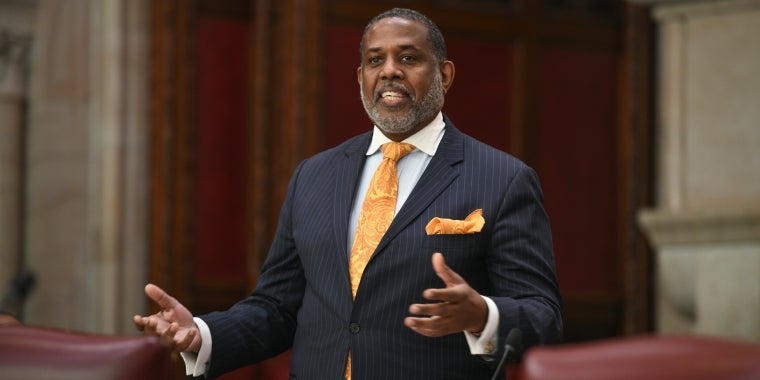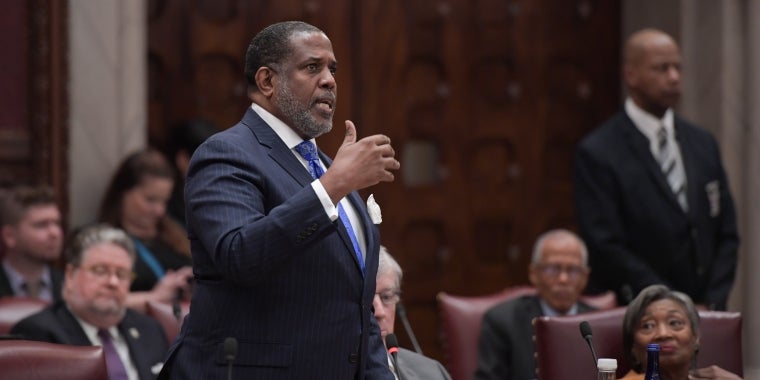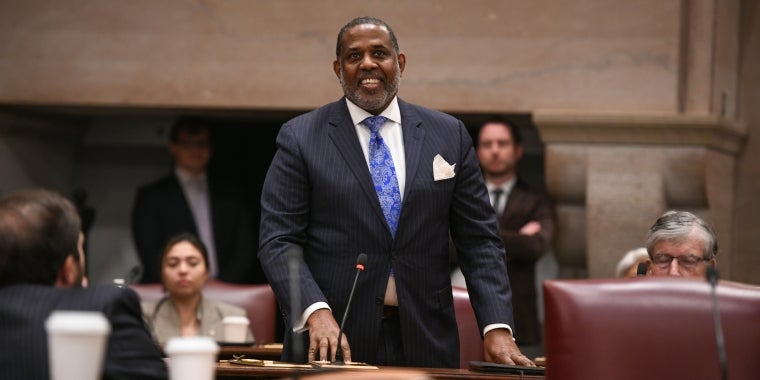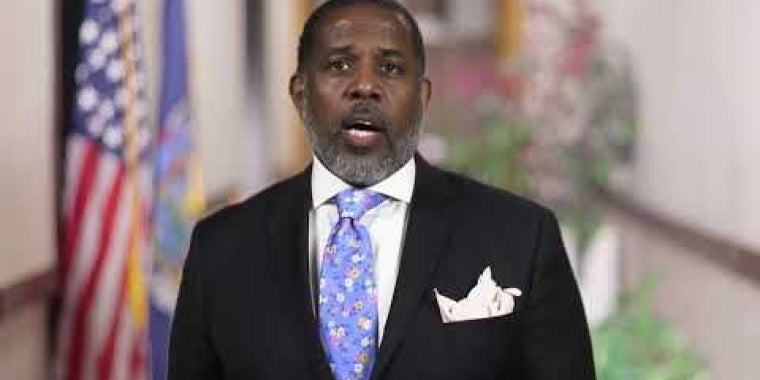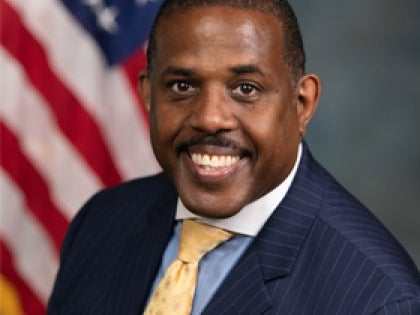
From Fossil To Solar: State Senator Calls For A Radical Change In New York State Renewable Energy System
We may be in the dead of winter, but now is the appropriate time for us to be reminded of an energy source New York State has in abundance the energy of the sun.
Last November the State SenateMinority Task Force on an Alternative Energy Future, which I chair, convened a forum of solar experts and advocates from around the region to propose how to use both the light and heat of the sun to create a brighter and cleaner future. On cold and gray winter days, it's hard to believe that the sunshine falling on New York in one day could supply all the State's energy for a year. But in fact, the solar potential in New York is sufficient to generate all the electric power the State needs. The quality of sunlight falling on the State is best captured through the distribution of many small solar systems on buildings that directly use the power generated on-site. So, if our buildings and rooftops are aligned to the sun, we can take full advantage of its power to generate electricity, heat and hot water.
The true costs of fossil fuels make a compelling case for increasing the public's investment in clean solar power. Currently solar photovoltaic power is expensive, and even with the State's generous subsidies and tax incentives (covering about 50% of the price), only those most committed to renewable energy install these systems. But if you take into account the real costs of using fossil fuels smog, mercury and particulate pollutants, greenhouse gases, epidemic asthma rates, and dependence on politically unstable foreign countries, solar power really is competitive.
Current financial incentives, however, are not sufficient to motivate all New York's homeowners and businesses to invest in renewable energy. To remedy this, I propose a three-point plan to get us to our solar potential:
One lift the cap on net metering so that installations greater than 10 kilowatts in size (enough to power a single family home) are able to get a financial credit for the excess energy they send back into the electric grid. In doing so, the rooftops and exteriors of large commercial and industrial buildings would become places to generate significant amounts of electricity, especially on hot sunny days when the power is most needed.
Two increase the State's incentives for solar installations in areas that are currently in severe non-attainment of clean air quality standards, such as New York City and the metropolitan region. Right now there is approximately one megawatt of solar power installed in New York City (enough to power 1000 homes), while Berlin, Germany, with half the solar resource, has 25 megawatts. Increasing these incentives would put our money where it is most needed.
Three embed our financial incentives and policies with "solar equity" because currently only the most committed and financially comfortable citizens can afford to install solar systems. Tax incentives and rebates should be reconfigured so that people with lower incomes and businesses in low income areas can afford solar power, particularly those in areas where electricity transmission is constrained and air quality is most compromised. The truth is, the more we use solar power in areas like New York City, the greater the public benefit in terms of electric reliability (i.e., no blackouts, electricity disruptions, etc.).
The global potential of solar power is actually realized locally, meaning more skilled jobs stimulating local economies, more homegrown industries, cleaner air and improved public health, and a more reliable electric grid, all leading to a more sustainable energy future. Let's look to the sun for these amazing gifts of the winter season.
